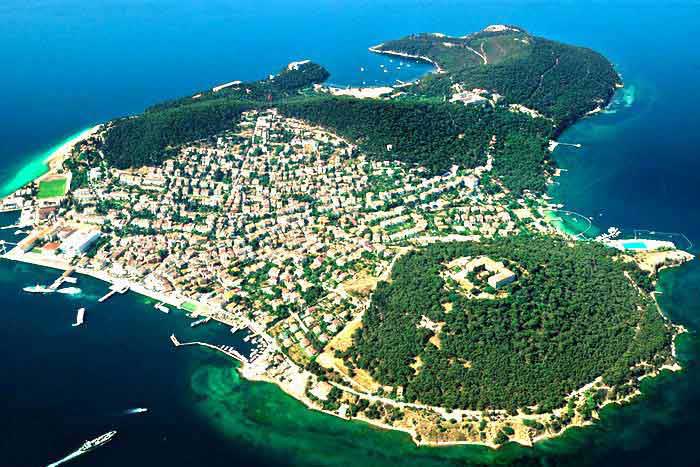This reverence will be expressed in signs determined by custom and etiquette. It must be noted that all outward marks of respect are only arbitrary signs, like words, and that signs have no inherent necessary connotation. They mean what it is agreed and understood that they shall mean. It is always impossible to maintain that any sign or word mustnecessarily signify some one idea.
Like flags these things have come to mean what the people who use them intend them to mean. Kneeling in itself means no more than sitting. In regard then to genuflections, kisses, incense and such signs paid to any object or person the only reasonable standard is the understood intention of the people who use them. Their greater or less abundance is a matter of etiquette that may well differ in different countries.Kneeling especially by no means always connotes supreme adoration. People for a long time knelt to kings. The Fathers of Nicaea II further distinguish between absolute and relative worship.
The prototype by honouring the sign
Absolute worship is paid to any person for his own sake. Relative worship is paid to a sign, not at all for its own sake, but for the sake of the thing signified. The sign in itself is nothing, but it shares the honour of its prototype. An insult to the sign (a flag or statue) is an insult to the thing of which it is a sign; so also we honour the prototype by honouring the sign. In this case all the outward marks of reverence, visibly directed towards the sign, turn inintention towards the real object of our reverence — the thing signified. The sign is only put UP as a visible direction for our reverence, because the real thing is not physically present. Every one knows the use of such signs in ordinary life. People salute flags, bow to empty thrones, uncover to statues and so on, nor does any one think that this reverence is directed to coloured bunting or wood and stone.
It is this relative worship that is to be paid to the cross, images of Christ and the saints, while the intention directs it all really to the persons these things represent. The text then of the decision of the seventh session of Nicaea II is: “We define (orizomen with all certainty and care that both the figure of the sacred and lifegiving Cross, as also the venerable and holy images, whether made in colours or mosaic or other materials, are to be placed suitably in the holy churches of God, on sacred vessels and vestments, on walls and pictures, in houses and by roads; that is to say, the images of our Lord God and Saviour Jesus Christ, of our immaculate Lady the holy Mother of God, of the honourable angels and all saints and holy men.
Read More about Tailor-made Bulgaria Tours








